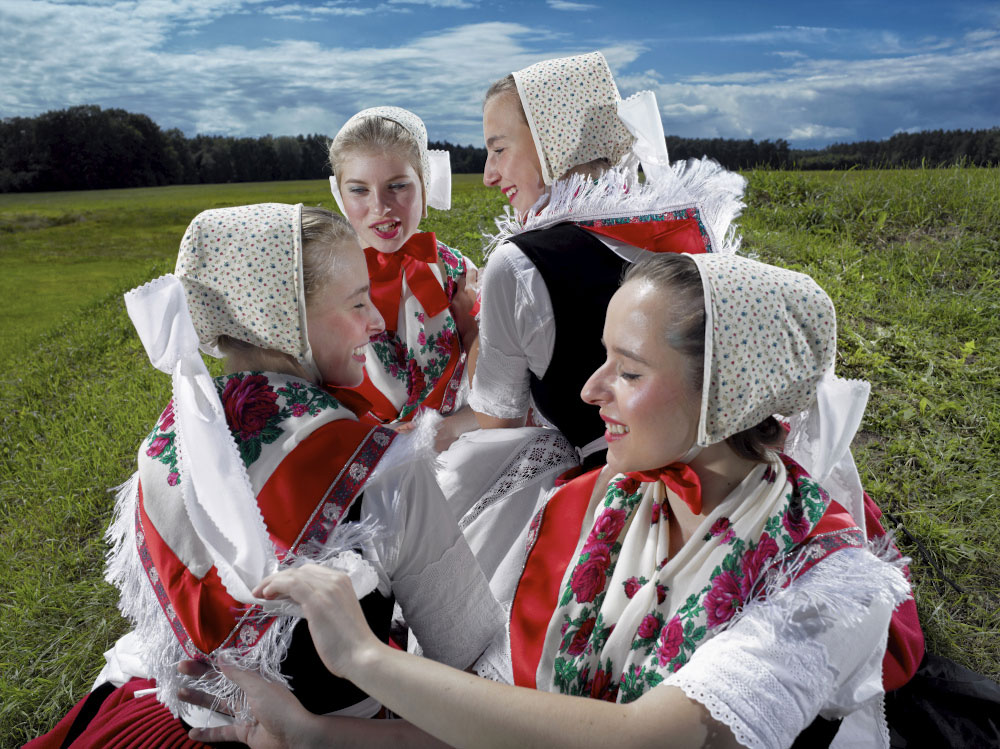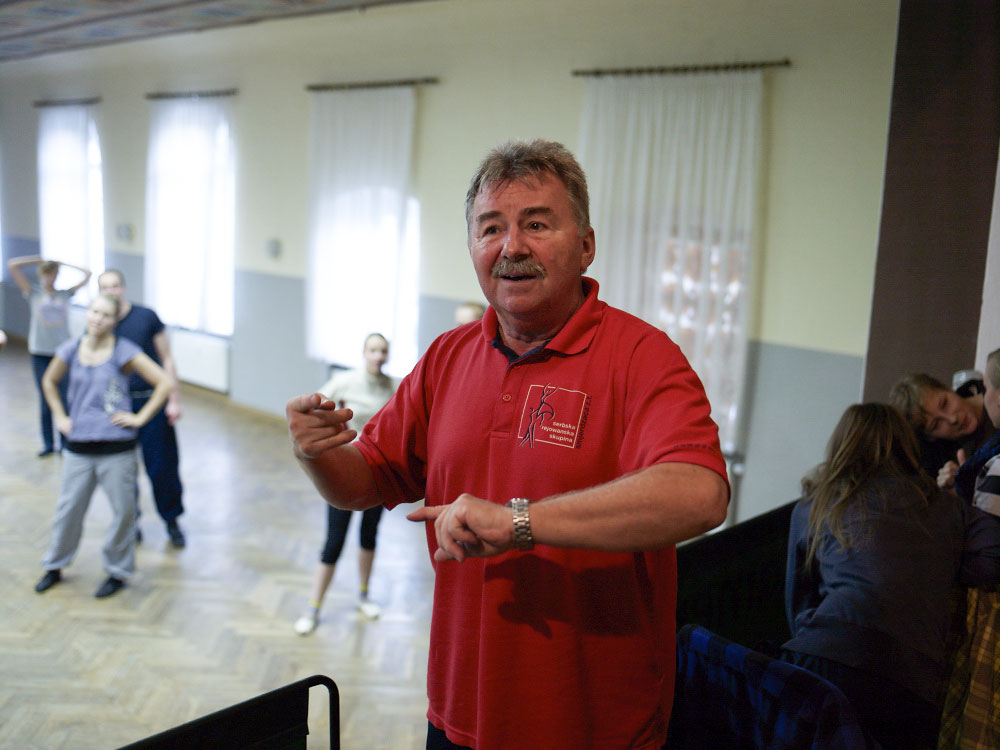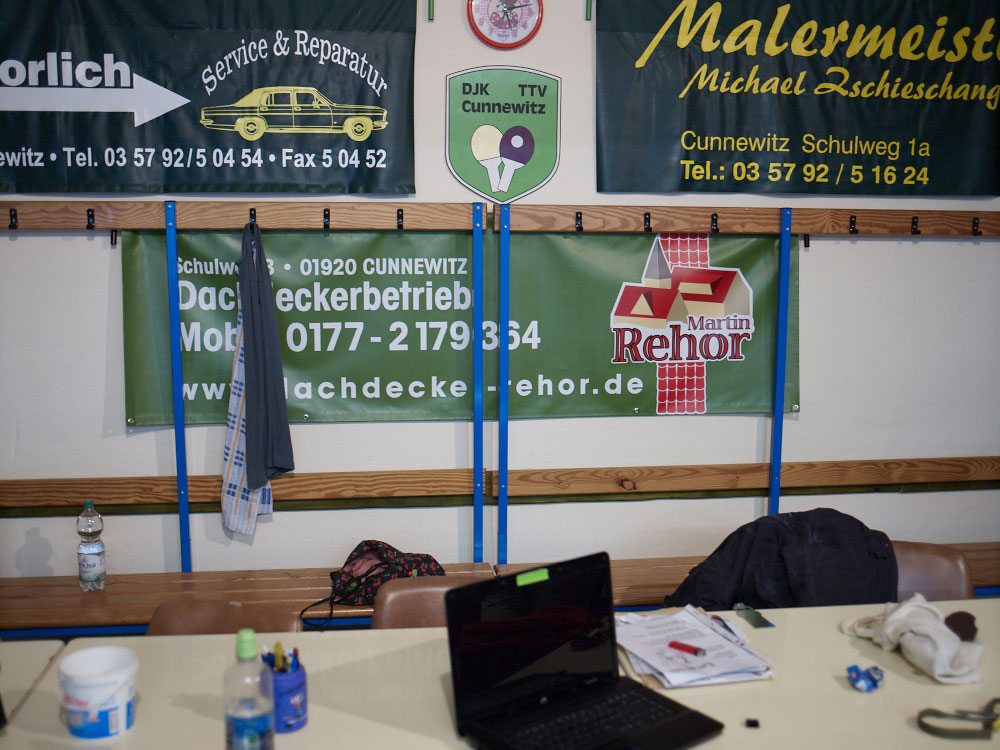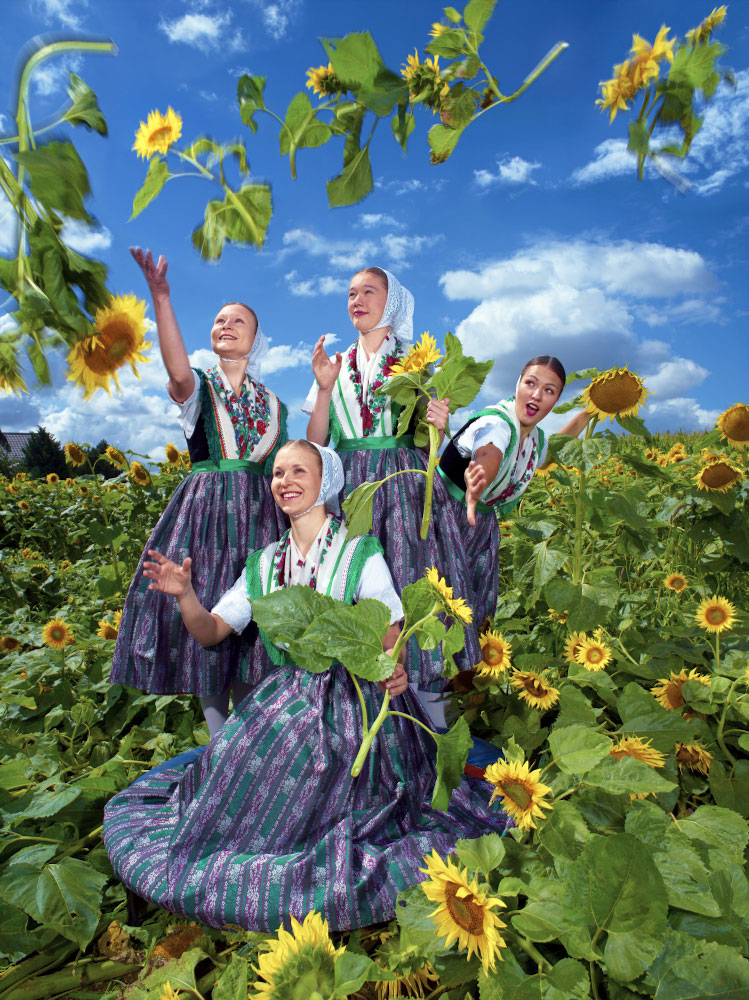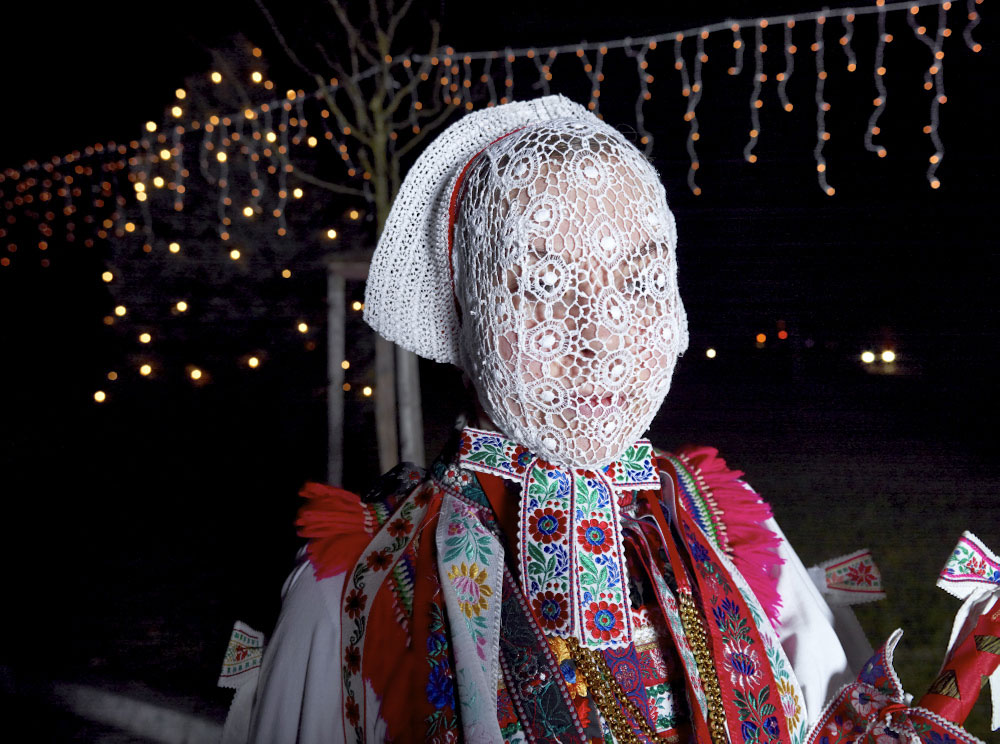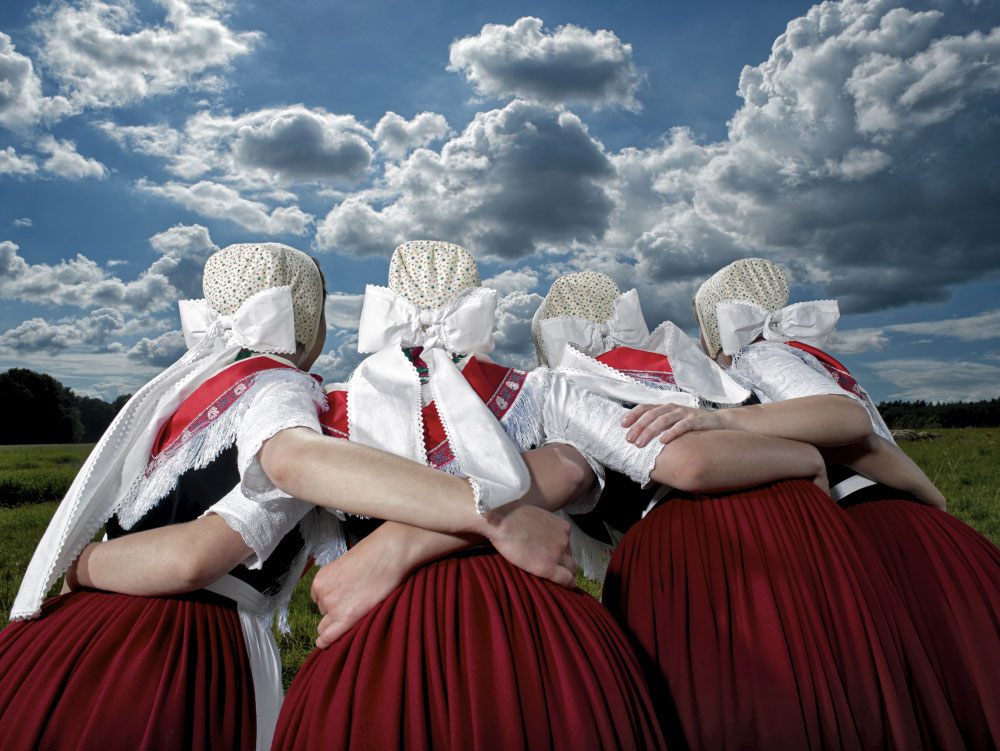Lower Sorbian
Franziska Albert is one of these 5,000 speakers. The 39-year-old pursued Sorbian studies in Leipzig. Although she is Sorbian herself and has always been interested in the language, it was only there that she learned Lower Sorbian, studying it as a foreign language. She went to the Lower Sorbian secondary school in Cottbus, but the Lower Sorbian taught there had little in common with the language spoken in Lower Lusatia.
Today, Franziska Albert works as a linguist with young people in the Cottbus area. In collaboration with the recently founded Lower Sorbian Cultural Institute, she offers recreational activities for young people in Lower Sorbian. The idea is to enable adolescents learning Lower Sorbian at school to also use the language in their free time. Unlike in the Upper Sorbian core settlement area, Lower Sorbian is not spoken among families. The Sorbs and Wends in Lower Lusatia are all but assimilated – that is, their identity, their language is German. Lower Sorbian is on the brink of collapse.
In order for the language to survive, and with it the culture of the Lower Sorbs, it must return into the families. “It’s difficult because the young people are very busy and German is everywhere. It takes effort to really speak Lower Sorbian,” says Franziska Albert.
We meet in the parking lot in front of the Netto supermarket in Cottbus. She also dances Sorbian folk dance. Her group is known in the region by the acronym TEF, which stands for the name TanzErFolk (a play on the words Tanz, Folk, and Erfolg – dance, folk, success). Earlier, in GDR times, the acronym stood for “Tanz-Ensemble Freundschaft” (dance ensemble friendship). As with the Upper Lusatian groups, the origins of this amateur dance group lie in the early GDR. But that is where the similarities end. TanzErFolk currently has twelve members, ten of whom are active. The average age is 50 and up. “I’m the youngest at 39,” says Franziska Albert, “and the only Sorb, or rather Wend.” For the others, Sorbian folk dancing is primarily a local tradition. The group trains in a school on the northern edge of Cottbus, nestled amid discount stores, a McDonald’s, gas stations, and apartment blocks – an access and exit road like those found in many places where the surrounding countryside merges with the city.
Franziska Albert came here straight from work, yet another meeting that ran long. Training starts in an hour, but before she goes, she has to take her daughter home. Do I want to come along? Sure. “Franziska,” she bids me call her by her first name and smiles broadly. Her long brown hair is tied into a loose braid, her face girlish with a determined chin and glasses. Parka, sweater, jeans. She seems a little stressed, rushed, and highly focused. We drive to Werben, twenty minutes from Cottbus.
“Our problem is the language,” she says. “Like many people here, I learned Sorbian at school. I really enjoyed it. But when I tried to speak it in the family, my grandmother and great-grandmother always looked at me funny. For many years I thought I must just not be saying it right.”
Franziska talks fast; she has a lot to tell. She talks about her great-grandmother, who raised her children to speak Wendish despite a ban on the language during the Nazi era, but then gave up her traditional costume in the 1960s after all. She speaks of Bibles in Lower Sorbian taken from the homes of the Sorbs and Wends even before Nazi rule. And of the restructuring here in the region. The coal, the population explosion, the industrialization of a formerly rural region, plus the power plants, the energy center, and then their collapse. “We experienced the greatest possible structural change not once but twice in just fifty years.” What has remained are the customs, the festivals in Lusatia, folk dancing, the music, the traditional costumes. “It’s a way of holding on to us,” she says. Technically speaking, it is “danced tradition.”
She did not have her “coming out” as a Sorb/Wend until she was 18. Although she had always known that she came from a Sorbian/Wendish family, “the topic was somehow avoided.” Whenever her curiosity got the better of her and she asked questions, she was met with embarrassed silence. “It was incredible. There were the photos, my great-grandmother in traditional costume, a typical Sorbian wedding – that was in 1937, when the Nazis were already in power. Then, after the war, she still wore her traditional costume, but she stopped in the 1960s.” Even though Sorbian culture was so strongly supported in the GDR?
“Upper Sorbian was,” she explains, “but not the language of the Lower Sorbs.”
The city is behind us, the road lined by forest with a few houses here and there. We turn off into the darkness, following a dirt road. “Over there, where it is darkest, that’s where we live,” she says, beaming. It is a starry night, dogs barking in the distance, the trees rustling, the lights of the cars twinkling on the country road a few hundred meters away toward Burg. The wind blows across the fields, which are only vaguely visible. In this moment it feels as though we are in an intermediate world. Werben, Franziska’s home village, is one of the oldest villages in the Spree Forest, a prototypically Sorbian village. The name comes from the Sorbian word wjerba, which means pasture.
